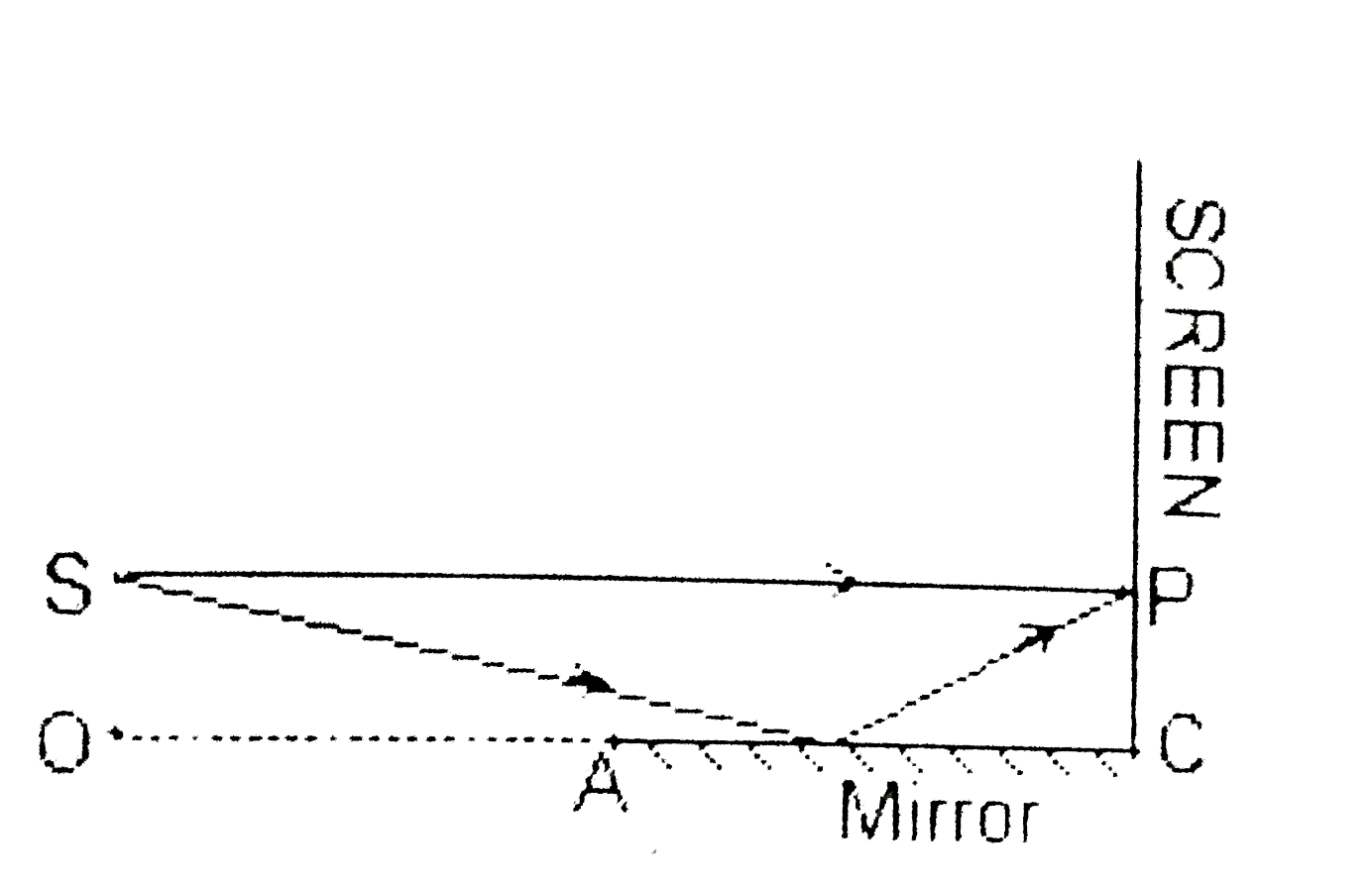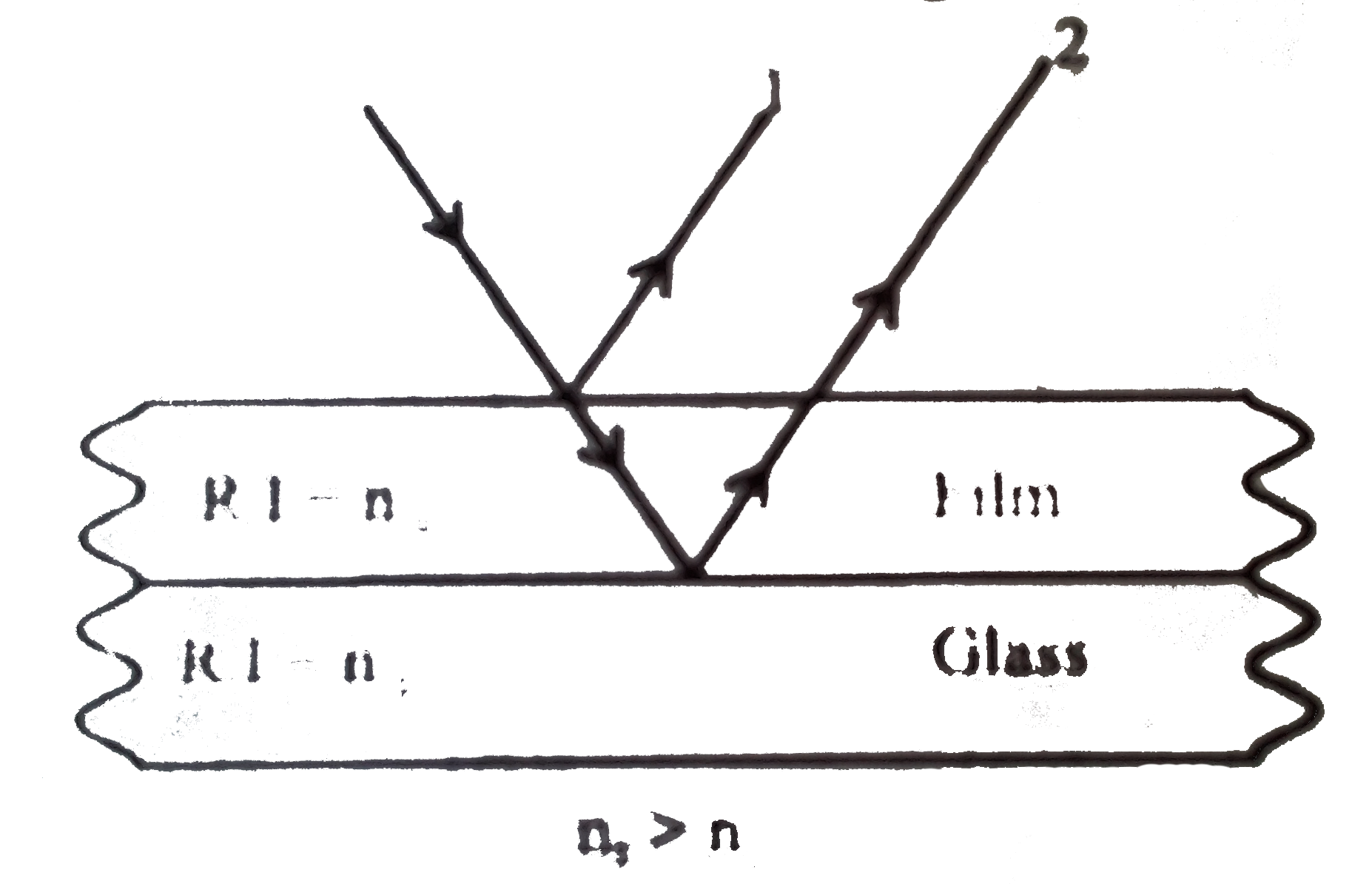interferences of waves
is the superposition of two waves with constant phase difference
is the maximum positive displacement in a transverse wave
in the maximum negative displacement in a transverse wave
is the superposition of two waves with variable phase difference
The correct Answer is:A
To solve the question regarding the interference of waves, we need to analyze the provided options based on the principles of wave interference.
1. Understanding Interference:
Interference occurs when two or more waves overlap and combine to form a new wave pattern. For interference to happen, certain conditions must be met.
2. Conditions for Interference:
- Two Waves: Interference requires at least two waves.
- Same Direction: The waves must be traveling in the same direction.
- Same Frequency: The frequencies of the waves must be identical.
- Constant Phase Difference: The phase difference between the waves must be constant (either zero or a fixed value).
3. Analyzing the Options:
- Option 1: "Superposition of two waves with constant phase differences."
- This option satisfies the condition of having a constant phase difference. However, it does not explicitly mention the requirement for the same frequency and direction, but it is the best option among the given choices.
- Option 2: "Maximum positive displacement in a transverse wave."
- This describes amplitude, not interference. Therefore, this option is incorrect.
- Option 3: "Maximum negative displacement in a transverse wave."
- Similar to option 2, this describes amplitude in the negative direction, not interference. Thus, this option is also incorrect.
- Option 4: "Superposition of two waves with variable phase differences."
- This contradicts the requirement for constant phase difference necessary for interference. Therefore, this option is incorrect.
4. Conclusion:
Based on the analysis, the correct answer is Option 1: "Superposition of two waves with constant phase differences." This option aligns with the fundamental principles of wave interference.
Interference occurs when two or more waves overlap and combine to form a new wave pattern. For interference to happen, certain conditions must be met.
- Two Waves: Interference requires at least two waves.
- Same Direction: The waves must be traveling in the same direction.
- Same Frequency: The frequencies of the waves must be identical.
- Constant Phase Difference: The phase difference between the waves must be constant (either zero or a fixed value).
- Option 1: "Superposition of two waves with constant phase differences."
- This option satisfies the condition of having a constant phase difference. However, it does not explicitly mention the requirement for the same frequency and direction, but it is the best option among the given choices.
- Option 2: "Maximum positive displacement in a transverse wave."
- This describes amplitude, not interference. Therefore, this option is incorrect.
- Option 3: "Maximum negative displacement in a transverse wave."
- Similar to option 2, this describes amplitude in the negative direction, not interference. Thus, this option is also incorrect.
- Option 4: "Superposition of two waves with variable phase differences."
- This contradicts the requirement for constant phase difference necessary for interference. Therefore, this option is incorrect.
Based on the analysis, the correct answer is Option 1: "Superposition of two waves with constant phase differences." This option aligns with the fundamental principles of wave interference.
Topper's Solved these Questions
Similar Questions
Knowledge Check
Interference fringes are obtained due to interference of waves from two coherent sources of light having amplitude a1 and 2a1. The ratio of maximum and minimum intensities in the interference pattern will be
A2B3C4D9
In a Lyod's mirror set up for interference of waves of frequency 6×1014s−1 emitted from point source S. distance SO, OA & AC are 1mm, 50 cm and 50 cm respectively, then te number of dark and bright fringes obtained on the scren will beADark=4,Bright =4BDark=4, bright=5CDark=5, Bright=4DDark=5,Bright=5Interference fringes are obtained due to the interference of wave from two coherent sources of light with amplitudes a1 and a2(a1=2a2). The ratio of the maximum and minimum intensities of light in the interference pattern is
A2B4C9D∞
Problems on interference of waves
View SolutionBasic revision of waves and Interference of waves
View SolutionSpeed of transverse wave on string | Intensity of string wave | Interference of waves travelling in same direction | Standing wave: nodes,antinodes | Reflection and transmission of string wave
View SolutionAssertion interference shows wave nature of light
Reason Photoelectric effect proves particle nature of light.
View SolutionA thin film of specific material can be used to decrease the intensity of reflected light.There is destructive interference fo waves from uppe rand lower surface of the fil,m.These films are called non-reflecting coatings.The process of coating the lens of or surface with non-reflectig film is called bloomingas shown in fig.

Choose the correct statements
View Solution
